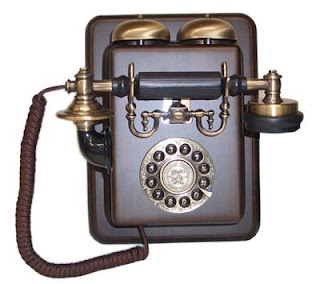There’s a reason stories aren’t made up of eighty percent description. It’s because there has to be room for the reader.
Reading is a collaborative exercise, between the writer and the reader. The writer has a shape or picture (or insert preferred visualization here) in her mind. She approximates that shape with words, intending to communicate them to readers. (Does any writer ever think their prose matches their mental story exactly?)
Readers read the words the writer chose, bringing to them their own memories, opinions, and interpretations. What the reader “sees” will never be exactly what the writer “saw” in her head, or even what another reader “sees.”
That’s where the fun begins.
Writers and readers have to treat the different stories they hear as a feature, not a bug. We’re not telepaths who can send our mental shapes into the minds of others (at least I’m not! I don’t know about you). If writers try too hard to force their impressions on readers, it’s like locking their minds in a cage. Isn’t it better to leave some room for the reader’s version?
Related Post: What happens in the reader’s mind.

I'm not sure I agree. I hate when there's no description at all. And there are certain writers who do lots and lots of description that I love e.g. Judith Ivory. I find it difficult to imagine a written description (other than one that references something inflexible – like comparing the character to a real person) that doesn't admit of some readerly discretion. Also, I think romance is in a category of its own in this respect because part of falling in love is the sense of finding delight in the other person's physicality – so Ivory's trick of revisiting certain details of a character's appearance can be intensely satisfying in communicating that delight.
Those are all very good points. I think, though, that even writers who are description-dense leave room for the reader's imagination, as you said. I am thinking of when people play the "casting game," and one person insists George Clooney is perfect for the hero's role, and another feels no one but Johnny Depp will do.
trick of revisiting certain details of a character's appearance
Yes, definitely. To me, what's important is that you're only focusing on certain features; the rest is up to the reader's imagination. And now I have to think about your point about romance being different, because that's something that hadn't occurred to me before!